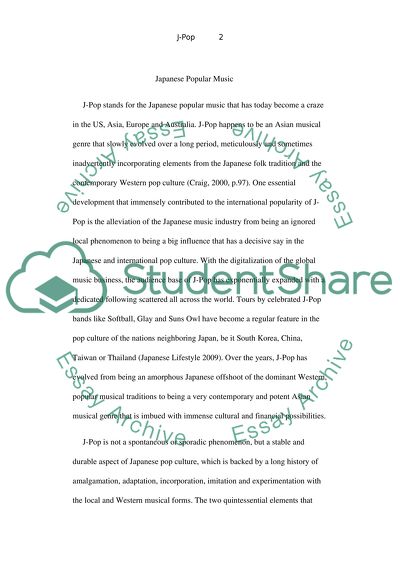Cite this document
(“Japanese Popular Music Essay Example | Topics and Well Written Essays - 2000 words”, n.d.)
Retrieved de https://studentshare.org/music/1533041-japanese-popular-music
Retrieved de https://studentshare.org/music/1533041-japanese-popular-music
(Japanese Popular Music Essay Example | Topics and Well Written Essays - 2000 Words)
https://studentshare.org/music/1533041-japanese-popular-music.
https://studentshare.org/music/1533041-japanese-popular-music.
“Japanese Popular Music Essay Example | Topics and Well Written Essays - 2000 Words”, n.d. https://studentshare.org/music/1533041-japanese-popular-music.


